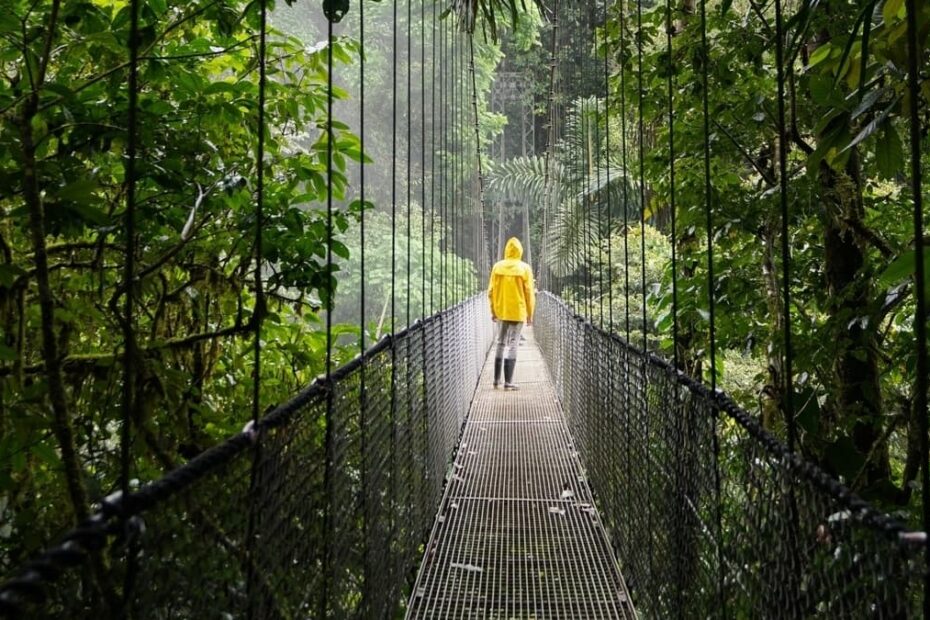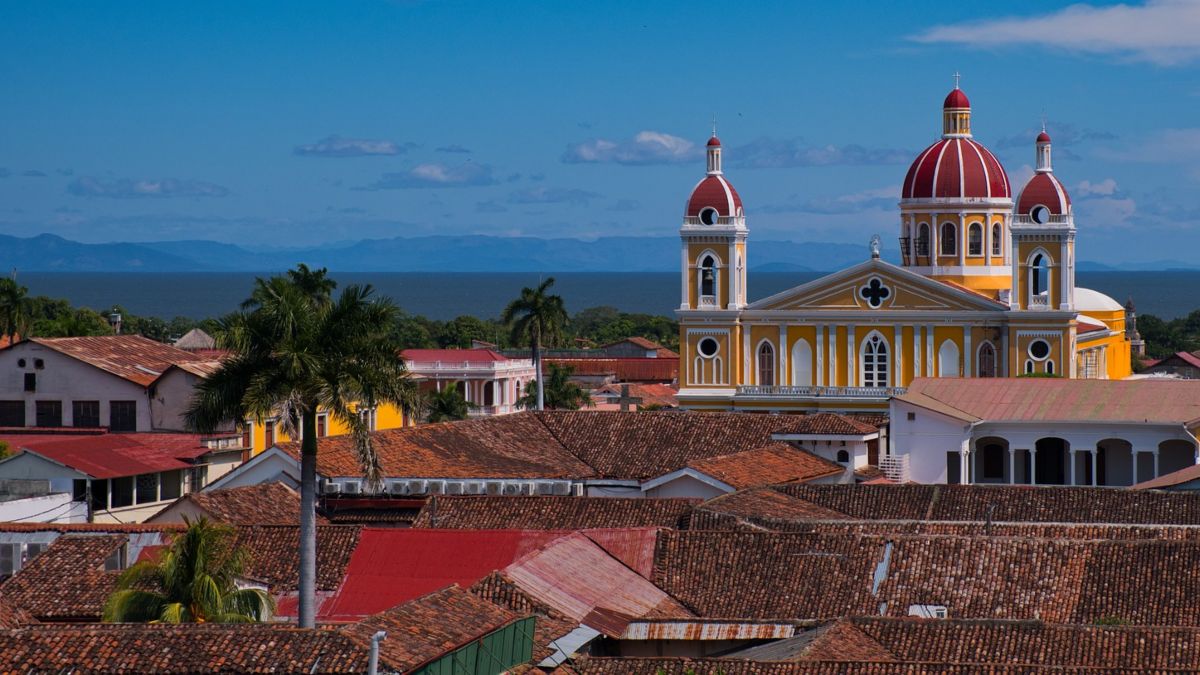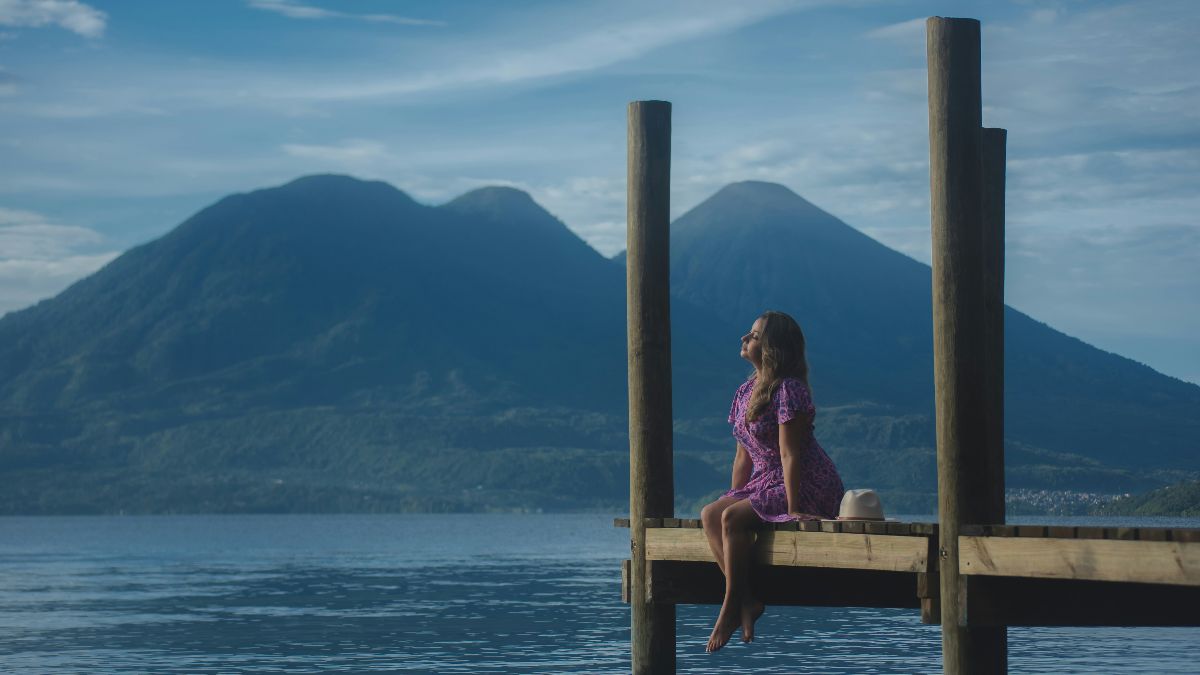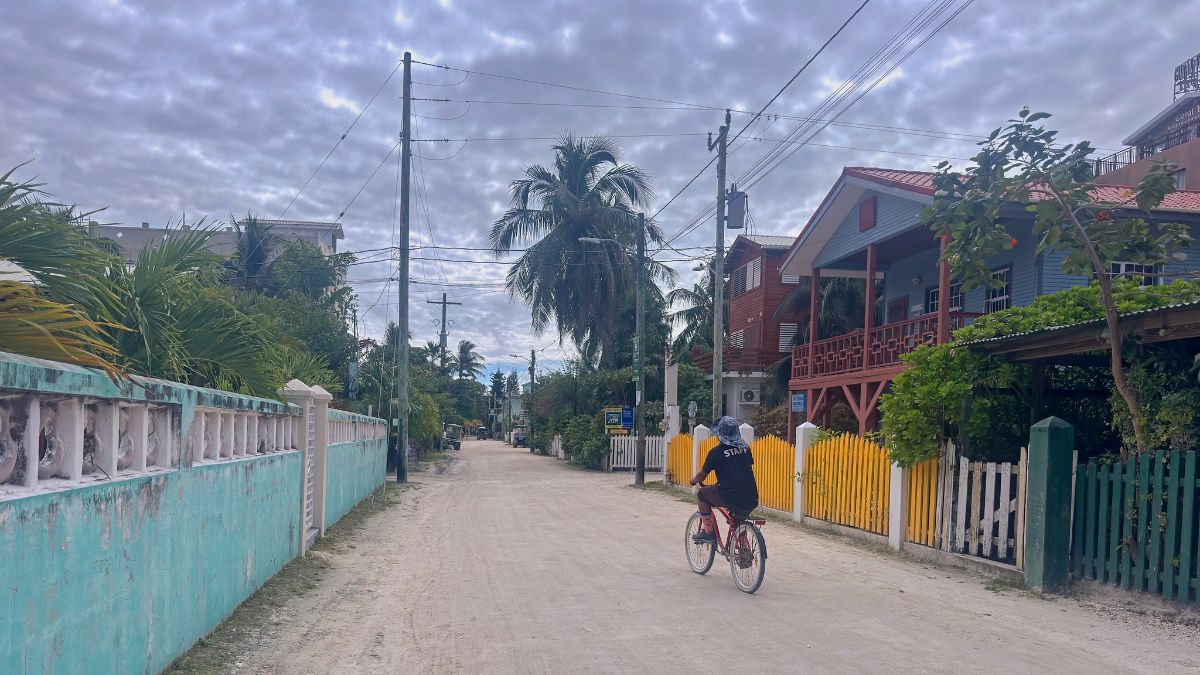We speak to a travel agent and a hotel owner to find out their predictions for tourism in Costa Rica in 2022 plus the best and worst of what happened in 2021.
It’s 2022, everybody! And, to steal the words of John Lennon, let’s hope it’s a good one without any fear. Because 2020 and 2021 were all about fear, weren’t they? In 2020 we had fear of a virus which, as that year passed into 2021, became fear and anger about government overreach and control.
Restrictions, lockdowns, and curfews were the hallmarks of 2020 and 2021, and Costa Rica was no exception. But with Costa Rica, a country so reliant on tourism, such measures resulted in real damage to people’s lives and livelihoods. Now we know that just about every country in the world suffered due to the tourism shutdown. But not every country in the world relies on tourism as much as Costa Rica does.
At first, in the early days of the pandemic, shutting down tourism was understandable. After all, nobody had a clue about how dangerous Covid was.
But very soon, it became clear the government was more interested in pushing a narrative of fear to public and home workers Central Valley than looking after businesses and jobs in rural and beach areas.
From the beach closures to the proposed QR Code mandate, so many steps have served to demean and decimate tourism in Costa Rica. We’ve written thousands of words about this since March 2020, so won’t dwell too much here on the topic.
Suffice to say, though, tourism – a business that has served to create good livings for thousands of people in rural and beach areas, without them having to leave their local areas – has always suffered from a peculiar form of snobbery among the urban and political Central Valley elites in Costa Rica.
Overall, throughout the pandemic, the government has shown indifference at best and outright hostility at worst to the tourism industry.
Sure, there have been positives – Costa Rica was the first country in Central America to reopen its borders in August 2020 and the first one to drop Covid testing to enter. And, of course, the remote worker bill was a positive, even though it’s still not in effect yet (which is a negative).
So what does the future hold for tourism in Costa Rica? After a rough two years, are things looking up for the sector?
A defense of tourism in #CostaRica on #WorldTourismDay: Whatever you do for a living in Costa Rica, you’ve benefited from tourism. Even if you do nothing for a living…https://t.co/ZpZBCmVTUh
— Central America Living (@VidaAmerica) September 27, 2020
We reached out to a couple of the most thoughtful and eloquent members of the Costa Rican tourism community; a hotelier and a travel agency owner.
We wanted their thoughts on the past year and some predictions for 2022.
Hotelier Colin Brownlee, owner of the Banana Azul in Puerto Viejo, is an old friend. His hotel was instrumental in setting up food banks to help Puerto Viejo eat during the height of the pandemic, and he was also one of the most outspoken campaigners for the remote worker law which passed last year.
During the pandemic, Banana Azul became one of the first hotels in Costa Rica to offer remote worker deals. It also broke the mold by opening its own grocery store to allow guests the chance to prepare and eat food in their rooms, rather than have to eat in the restaurant. This was a nod to remote workers, coming to stay for longer periods of time.
“Government (more so government institutions) has continued to show us that they’re clearly more interested in their own self-aggrandizing, salaries, and job securities than they are for the tourism industry and – most importantly – it’s private sector workers. One can only conclude they are oblivious or could not care less about the huge potential of new economic revenue streams for the republic,” says Brownlee.
Puerto Viejo, Costa Rica’s tourism community rallies to help families affected by the Coronavirus shutdowns.https://t.co/fn9rzqmzbN#centralamerica #costarica #covidcrisis pic.twitter.com/39kLjCWemb
— Central America Living (@VidaAmerica) May 5, 2020
He went to outline the failure of the remote worker bill to get underway. By now, the bill – signed into law last summer by President Alvarado – should be attracting digital nomads to Costa Rica.
But the law remains in limbo due to an inability of government institutions to figure out some basic details in its implementation.
“Like most new initiatives in Costa Rica, the government is much better at adopting new ideas, but almost always totally fails when it comes to implementing them. The Remote Worker Visa is a clear example. If you need another example, look at the recent QR code mandate,” he says.
“Imagine what could happen now it’s clear that remote working is a part of the landscape of the future of work. Imagine if the government could successfully implement the visa and promote Costa Rica as an deal location for these workers.
“And if you need another example, look at the recent QR code mandate.”
Travel agent Chris Atkins from Central America Fishing agrees with Brownlee about government indifference/incompetence, especially on the QR code mandate, which was originally set to start in December before being halted by the courts in November.
“This heavy-handed decree seemed to come out of nowhere, and didn’t seem well thought out from the beginning,” says Atkins.
“Essentially, the government says anyone in the world can come to Costa Rica, but once here they can’t go anywhere other than the grocery store, pharmacy, or hospital. Even worse, they seemed unaware that December-April is the traditional high season for tourism in Costa Rica.”
Breaking: A Costa Rica court accepts the tourist sectors filed injunction against the QR code mandate set to start in January, and orders the government to suspend the requirement, and halt all preparations for the mandate. https://t.co/Obyhw0nK5l
— Central America Living (@VidaAmerica) November 13, 2021
On the subject of attracting remote workers in general, with or without an official law, both Brownlee and Atkins are more buoyant.
“In 2021, we got a taste of what post-Covid tourism could look like and for many of us, it was extremely positive in the way of increased revenues and overall quality of travelers. This new increased desire to travel combined with the trend in remote working made it clear there was a whole new huge potential of high-quality tourists waiting for the right conditions and circumstances to choose Costa Rica as the ideal country to visit,” says Brownlee.
“Since Covid changed the way the world works, Costa Rica is perfectly positioned to attract these remote workers and digital nomads with great wifi available in many parts of the country,” agrees Atkins.
Atkins also went on to make some predictions about tourism volume in 2022.
“Costa Rica will come close to, but not surpass, its 2019 visitor numbers. Before the pandemic, Costa Rica’s tourism industry consistently broke it’s own records year after year. You won’t find many operators who say that business has returned to pre-pandemic levels, but the amount of visitors since the borders reopened has been better than expected.
“As more tourists start to travel again, Costa Rica will experience a ‘second reopening wave’ in the second half of the year.”
A look at how we covered remote working in Central America in 2021, from visas to job ideas to practical tips and more.https://t.co/tMNrgYDiPj
— Central America Living (@VidaAmerica) December 28, 2021
Brownlee is a little more guarded than Atkins about visitor numbers in 2022, but remains optimistic.
“I think tourism will stumble in first quarter trying to reestablish footing with the effects of new Omicron variant. But, I think both governments and the public are resigned that some form of Covid is here to stay. We must find a path forward to allow people, business, and countries to find some sense of normalcy and stability,” he says.
“In the case of Costa Rica, I hope that if logical thinking on behalf of our elected officials does not prevail, then financial realities will force them to accede. Regardless, I suspect that world tourism will start to realign in the second quarter.”
Overall, the travel agent and the hotelier both share the same concerns about government indifference to tourism in Costa Rica. They both see this indifference as the main obstacle to a full recovery.
But they also see more green shoots in 2022, in the form of growing numbers as the pandemic wanes and the digital nomad/remote worker phenomenon.
These factors, for Brownlee, are cause for optimism.
“The best aspect of 2021 was seeing travel bounce back with a vengeance, and Costa Rica being a top choice. There’s nothing to suggest things won’t remain that way going forward.”
And Atkins? His best moment takes a different tack, one that focuses on Costa Rica’s eco-friendly reputation.
“Last month President Alvarado signed a new decree expanding Cocos Island National Park by 53,000 square kilometers of ocean. This is part of an initiative with Panama, Colombia, and Ecuador to create a 500,000 square kilometer marine highway to protect many endangered species of sharks, turtles, and marine mammals in these waters.”
In the midst of Covid worries and legal stresses over QR codes and remote worker bills, it’s good to see that Costa Rica still tries to keep some of its eco-reputation intact with moves like this.
It gives hope to the future that whatever happens, the country still retains some aspects of the pura vida that makes it so popular in the first place. This can be nothing but a positive thing for tourism as it moves into the new year.
James Dyde is the editor of centralamerica.com. He lives in Escazu, Costa Rica.




